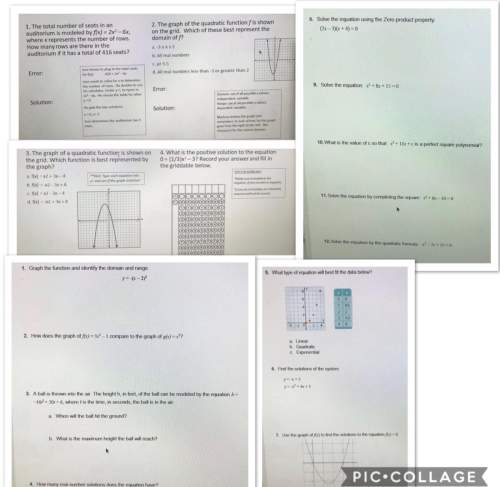
Mathematics, 15.04.2020 01:24 tatenasira
3.15. Use the Miller–Rabin test on each of the following numbers. In each case, either provide a Miller–Rabin witness for the compositeness of n, or conclude that n is probably prime by providing 10 numbers that are not Miller–Rabin witnesses for n. (a) n = 1105. (Yes, 5 divides n, but this is just a warm-up exercise!) (b) n = 294409 (c) n = 294439 (d) n = 118901509 (e) n = 118901521

Answers: 1


Other questions on the subject: Mathematics


Mathematics, 21.06.2019 19:00, ayeofaygo5168
Witch represents the inverse of the function f(x)=1/4x-12
Answers: 1


Mathematics, 22.06.2019 00:50, latraviacox12
Adolphin is swimming with her friend. the dolphin jumps to a height of 4.54.54, point, 5 meters above the surface of the water as her friend swims 9.89.89, point, 8 meters directly below her. what is the position of the dolphin's friend relative to the surface of the water? meters
Answers: 2
You know the right answer?
3.15. Use the Miller–Rabin test on each of the following numbers. In each case, either provide a Mil...
Questions in other subjects:

Biology, 20.08.2019 17:50

Physics, 20.08.2019 17:50

Physics, 20.08.2019 17:50

Social Studies, 20.08.2019 17:50

Mathematics, 20.08.2019 17:50

History, 20.08.2019 17:50

Mathematics, 20.08.2019 17:50

Computers and Technology, 20.08.2019 17:50






